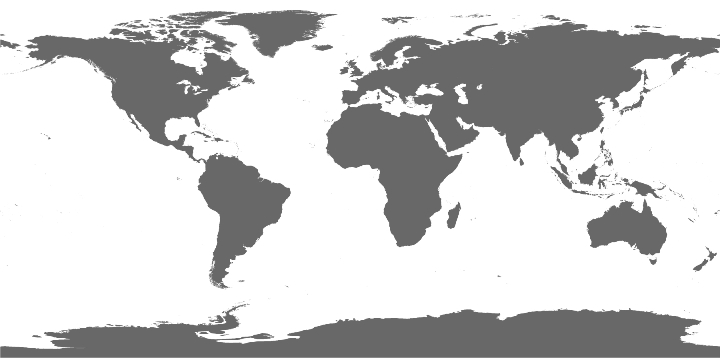Dataset 254
North Temperate Lakes LTER: Phytoplankton - Madison Lakes Area 1995 - current
Realm: Freshwater
Climate: Temperate
Biome: Small Lake Ecosystems Central latitude: 43.135600
Central longitude: -89.478080
Duration: 26 years, from 1995 to 2020
Climate: Temperate
Biome: Small Lake Ecosystems Central latitude: 43.135600
Central longitude: -89.478080
Duration: 26 years, from 1995 to 2020
16021 records
423 distinct species
Across the time series Aphanizomenon flosaquae is the most frequently occurring speciesMethods
Phytoplankton samples for the 4 southern Wisconsin LTER lakes (Mendota, Monona, Wingra, Fish) have been collected for analysis by LTER since 1995 (1996 Wingra, Fish) when the southern Wisconsin lakes were added to the North Temperate Lakes LTER project. Samples are collected as a composite whole-water sample and are preserved in gluteraldehyde. Composite sample depths are 0-8 meters for Lake Mendota (to conform to samples collected and analyzed since 1990 for a UW/DNR food web research study), and 0-2 meters for the other three lakes. A tube sampler is used for the 0-8 m Lake Mendota samples; samples for the other lakes are obtained by collecting water at 1-meter intervals using a Kemmerer water sampler and compositing the samples in a bucket. Samples are taken in the deep hole region of each lake at the same time and location as other limnological sampling. Phytoplankton samples are analyzed by a private lab specializing in phytoplankton analyses. Phytoplankton are identified to species using an inverted microscope and are reported as natural unit (i.e., colonies, filaments, or single cells) densities per mL, cell densities per mL. Multiple entries for the same species on the same date may be due to different variants or vegetative states - (e.g., colonial or attached vs. free cell.) Biovolumes for individual cells of each species are determined during the counting procedure by obtaining cell measurements needed to calculate volumes for geometric solids (e.g., cylinders, spheres, truncated cones) corresponding to actual cell shapes. Biovolume concentrations are then computed by mulitplying the average cell biovolume by the cell densities in the water sample. Assuming a cell density equal to water, a cubicMillimeterPerMilliliter of biovolume converts to a biomass concentration of one milligramPerLiter. Sampling Frequency: bi-weekly during ice-free season from late March or early April through early September, then every 4 weeks through late November; sampling is conducted usually once during the winter (depending on ice conditions).Citation(s)






.
In (Eds.),
(p. ).
:
.
,
(),
.



